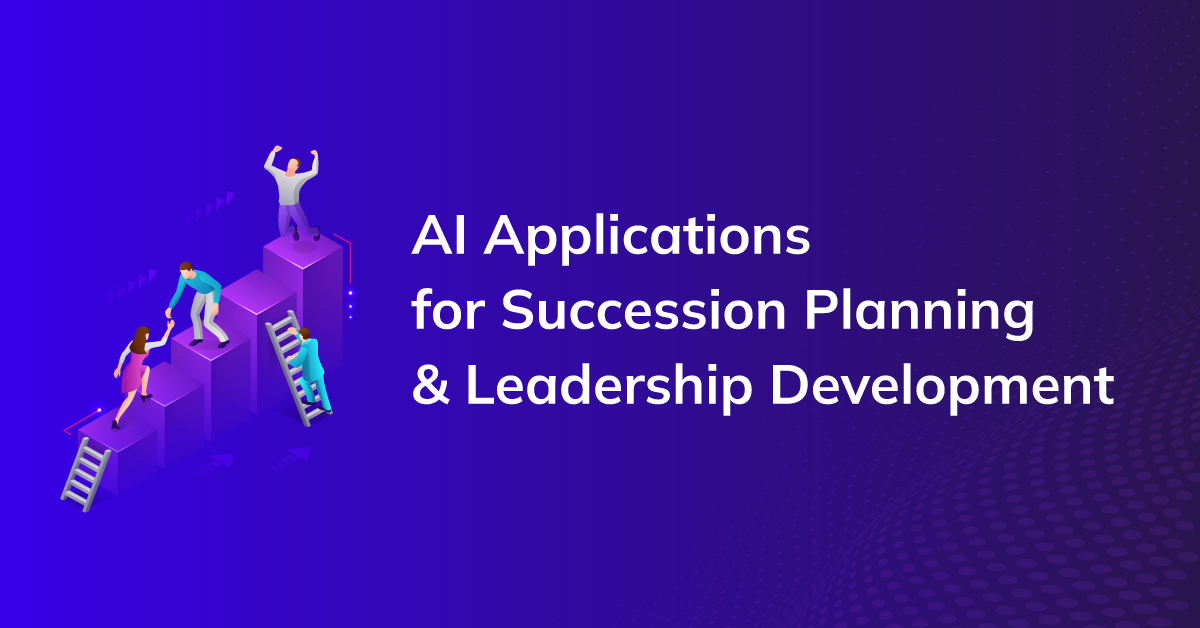
What is Global Mobility?
Global Mobility
Global mobility refers to the HR strategy of transferring employees across international borders for work assignments, education, or other reasons. It helps organizations leverage talent globally, while also supporting employee career development through international experiences and cross-cultural exposure.



